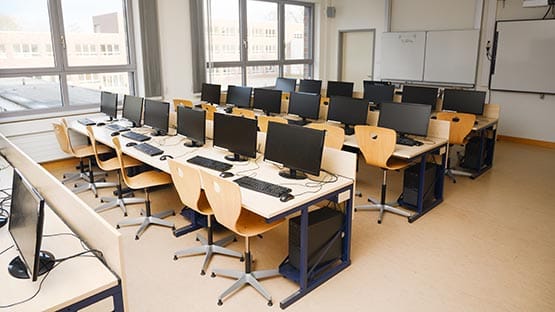
Waynesboro Schools is one of Virginia’s 131 school systems with a finalized plan to address significant learning loss caused by the COVID-19 pandemic.
ALL in VA focuses on high intensity tutoring, literacy education and measures to promote attendance. Historic learning loss and struggling to meet proficiency benchmarks across reading and math are evident in Virginia’s 2022-2023 Standards of Learning (SOL) scores. From the 2021-2022 school year, student scores declined and student achievement remains well below pre-pandemic levels.
The Commonwealth has invested $418 million in flexible funding for schools to aid in learning loss recovery and implement the Virginia Literacy Act.
Waynesboro Schools have implemented the plan to provide extra tutoring and combat chronic absenteeism.
“To be quite honest, we were anxious in the fall,” said Waynesboro Schools Director of Instruction Tim Teachey at last week’s regular meeting of Waynesboro School Board.
State funding enabled the school system to hire six tutoring directors: one at each school, and implement a tutoring plan for each school, which was preapproved by the Commonwealth.
Staff, tutoring directors and tutors formulated a plan “to hit the ground running because we didn’t want to lose our kids’ attention.” Preparation and planning were important and may look different in each school. Each tutoring group contains three to five students and a tutor.
“They are really all in,” Teachey said of the tutoring directors and tutors.
Community members interested in tutoring with ALL in VA are encouraged to reach out to the principal of the school they wish to tutor in.
According to Waynesboro Schools Assistant Superintendent Dr. Ryan Barber, the school system’s absenteeism rate was at 26 percent at the end of the 2022-2023 school year and remains at 26 percent or 12 days of absences.
“So, it’s not worse,” Barber said. And the school system still has March, April and May to work with families and bring the rate down. “We have the opportunity to decrease that number significantly. At the end of the school year, if you miss 18 days, then you’re considered chronically absent.”
ALL in VA funding provided for the school system to hire three attendance liaisons, who go to students’ homes and speak with families.
“They’re figuring out what barriers are in place for the family,” Barber said.
An after-school program was created to combat chronic absenteeism and allow chronically absent students to earn credit for attendance. Students who are chronically absent can stay after school for 2.5 hours at the elementary school level or three hours at the middle school or high school level to earn credit toward not being chronically absent.
ALL in VA provides additional support for an issue Waynesboro Schools was already working on addressing.










